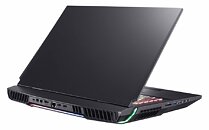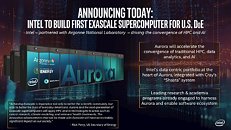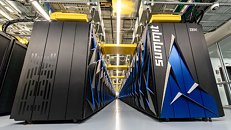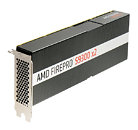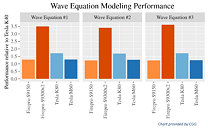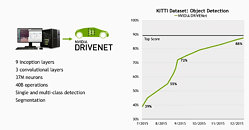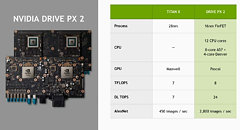
Los Alamos National Laboratory Deploys HPE Cray EX 'Chicoma' Supercomputer Powered by AMD EPYC Processors
Los Alamos National Laboratory has completed the installation of a next-generation high performance computing platform, with aim to enhance its ongoing R&D efforts in support of the nation's response to COVID-19. Named Chicoma, the new platform is poised to demonstrate Hewlett Packard Enterprise's new HPE Cray EX supercomputer architecture for solving complex scientific problems.
"As extensive social and economic impacts from COVID-19 continue to grip the nation, Los Alamos scientists are actively engaged in a number of critical research efforts ranging from therapeutics design to epidemiological modeling," said Irene Qualters, Associate Laboratory Director for Simulation and Computing at Los Alamos. "High Performance Computing is playing a critical role by allowing scientists to model the complex phenomena involved in viral evolution and propagation."
"As extensive social and economic impacts from COVID-19 continue to grip the nation, Los Alamos scientists are actively engaged in a number of critical research efforts ranging from therapeutics design to epidemiological modeling," said Irene Qualters, Associate Laboratory Director for Simulation and Computing at Los Alamos. "High Performance Computing is playing a critical role by allowing scientists to model the complex phenomena involved in viral evolution and propagation."





